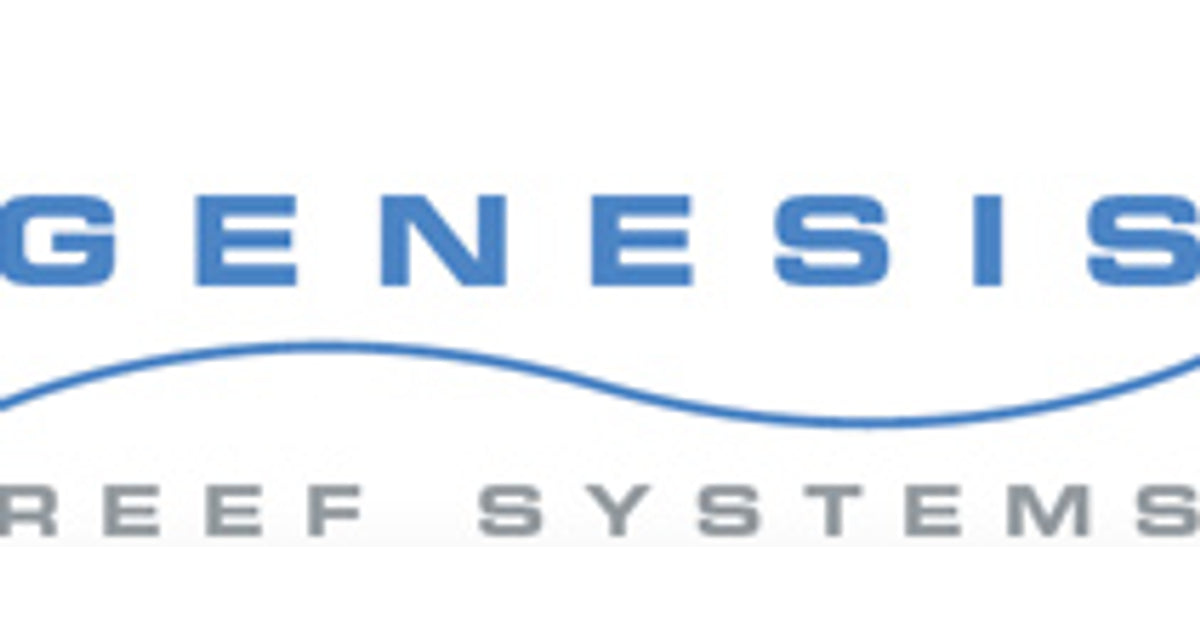BleepBloopMunchMunch
Supporting Member
I have been thinking about this since I will be away from my tank for a few stretches of time in the coming months. I usually do a 5 gallon water change once a week on my 90 gallon system and thats easy enough to have someone else do when I am gone but I thought if there are a lot of other advantages to it, it may be worth it to not only save someone else from doing it when I am gone, but also so I don't have to do it myself.
The main cons I can think of is storing a lot of saltwater somewhere accessible, cost of extra equipment and saltwater and my main fear having just another point of failure, anything that has the potential to drain or fill my entire tank scares me in case anything about it goes wrong. I also do like doing water changed to siphon out things like nuissance algae and gunk
The main cons I can think of is storing a lot of saltwater somewhere accessible, cost of extra equipment and saltwater and my main fear having just another point of failure, anything that has the potential to drain or fill my entire tank scares me in case anything about it goes wrong. I also do like doing water changed to siphon out things like nuissance algae and gunk

